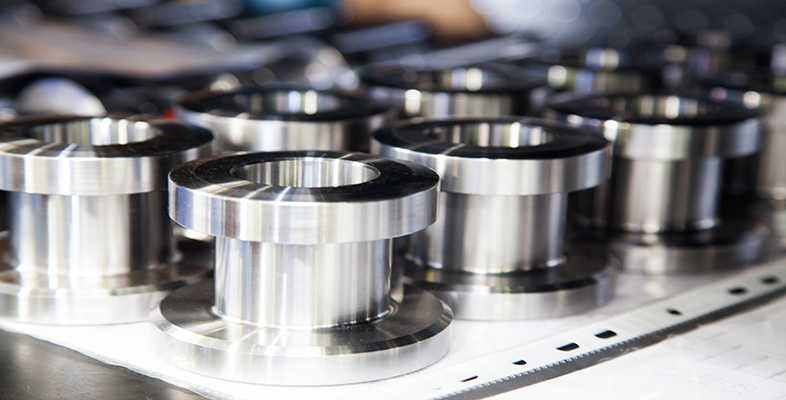5.6 Welding
An ideal welded joint between two pieces of metal or plastic could be made by softening the materials sufficiently so that the surfaces fuse together. Bonding forces hold the atoms, ions or molecules together in a solid. From this, it could be argued that if we simply bring together two samples of the same material, they should spontaneously bond together as soon as they approach to within some critical bonding range of one another (of the same order as the spacing of the bonded units in the material).
In practice, this 'bonding on contact' is frustrated by two complications. Firstly, it is extremely difficult in this macroscopic world to shape two surfaces so that they really fit together. Usually, surfaces have a roughness, with an average height far in excess of the range of bonding, and when two such surfaces are brought together they will 'touch' only at the 'high' spots (rather like trying to get two pieces of sandpaper to mesh together precisely). Secondly, surfaces are often chemically contaminated. Most metals are very reactive and in air they become coated with an oxide layer or with adsorbed gas. This layer prevents intimate contact from being made between two metal surfaces.
Clearly then, to achieve bonding on contact:
-
the contaminated surface layers must be removed;
-
recontamination must be avoided;
-
the two surfaces must be made to fit one another exactly.
